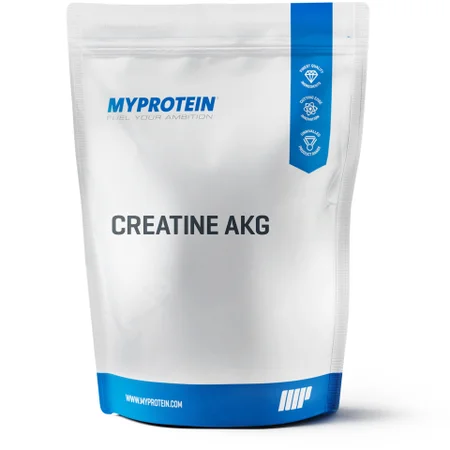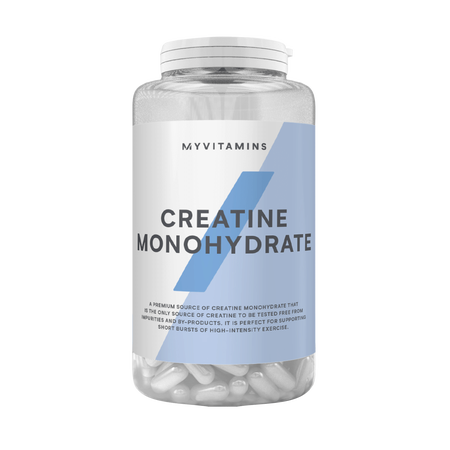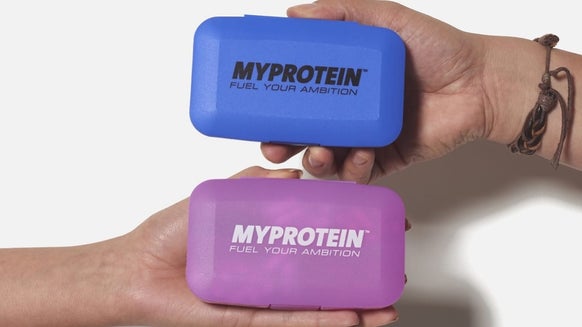Creatine | Micronized, Monohydrate, Gluconate & Ethyl Ester

Micronized Creatine is a hot topic in the field of sports & nutrition sciences. Creatine is a performance enhancer and is widely consumed by athletes to give them that extra edge.
Where does Creatine originate from?
Creatine is produced from amino acids naturally in the body, with 95% of creatine being stored in the skeleton and muscles. Creatine is formed by the kidneys via a process known as biosynthesis wherein amino acids glycine and arginine are combined to form guanidinoacetate, which is later methylated to produce creatine. The creatine is synthesized and then transmitted to muscles by the blood.

The Benefits of Micronized Creatine
Creatine is mainly used for performance benefits in endurance sports or bodybuilding. The main benefits associated with creatine are as follows:
? Makes muscles appear bigger: Creatine causes the body to water which makes muscle look big. Research has shown that continuous intake of creatine does assist in fat free muscle development.
?Assists in increasing protein synthesis: Creatine gives strength to lift heavy, and lifting heavy in turn depletes energy levels. Here is where creatine comes into play. Creatine increases the ATP supplies for more muscle contraction therefore increasing more protein synthesis. Creatine doesn’t itself increase protein synthesis.
?Tunes up performance: Creatine increases athletic performance. Research have shown that athletes who supplement with 5-10 grams of creatine daily saw an improvement in their sports, be it aerobic or anaerobic activity.
?Initiates Recovery: Studies have shown that creatine has other hidden benefits too. A research has shown that if creatine is consumed post workout, it aids in muscle recovery.
?Protects brain cells: This might sound odd, but research work demonstrates that creatine is an efficient neuroprotective substance.
?Restricts bone decay: As so much creatine is stored in the skeleton, it is clear that it’s an important substance for the bones. Researches have shown that creatine is helpful in increasing alkaline phosphate levels, which are used by the body to heal broken bones.
?Increases glucose transportation & tolerance: Some researchers have shown that creatine increases glucose transportation mechanism in the body as it increases glucose transmitter type 4 by inculcating IGF -1 & IGF-2.
Creatine and the Human Body
The human body itself produces creatine which is synthesized by the kidneys and the liver. Our body prepares creatine at the rate of 1 gram per day, and consumption of red meat might provide an additional 2-3 grams more of creatine. To get the benefits associated with creatine, the consumption should be in the range of 5-20 grams per day.
Creatine is stored in two forms in the human body – phosphocreatine and free creatine. The high energy form of phosphocreatine constitutes around 60-70% of the total creatine content whereas free creatine is around 30-35%.
Creatine and its Available Forms
As science and research on creatine has advanced, supplement sciences have also advanced. Creatine is available in many forms, including:
?Creatine Monohydrate
?Micronized Creatine
?Creatine Ethyl Ester

Creatine Monohydrate
Creatine Monohydrate is one of the most sold creatine supplements available in the market and is one of the cheaper creatine products available.

This form contains around 88-90 % of pure creatine per molecule. Purity is a very important concept in case of bodybuilding supplements, so to get higher ratio of pure creatine concentrate, always look for creatine packing that has Creapure® marking on it. The Creapure® marking ensures that the creatine molecule is 99% pure.
? Low price? Most research conducted into this form? Widely available and widely consumed
? Not as soluble in water ? Potential for gastrointestinal issues ? Less surface area so only around 1% is dissolved in the body ? Due to its unstable form, it should be consumed instantly if mixed with water
Micronized Creatine Monohydrate
As the name suggests, Micronized Creatine Monohydrate is a powdered form of creatine monohydrate, which has been micronized 20 times.

The result is a powdery form of creatine known as micronized creatine monohydrate which is more soluble in water yet has all the properties of creatine monohydrate.
? Micronized creatine has greater surface area and is water-soluble? Reduced stomach issues as it is readily dissolved in the body? Powdering doesn’t impact the original creatine profile
? Costly as it has to be turned into a fine powder form

Creatine Gluconate
Creatine Gluconate is synthesized using creatine and gluconic acid. Gluconic acid is found in fruits and other products which are naturally sweet, like honey. Creatine Gluconate is synthesized in labs and is the product of association of one creatine molecule and one glucose molecule.

The gluconic acid is readily soluble in water so the solubility is high in case of creatine gluconate. Post intake, it is absorbed very well by the intestines because of the glucose association.
? Great solubility in water? Readily absorbed by the cells due to the attached glucose molecule
? Spikes insulin levels due to presence of glucose
Creatine Ethyl Ester
Creatine Ethyl Ester (CEE) is a product of addition of ethyl ester molecule with the creatine molecule. This form is the most soluble form and as it has ester attached to it. Normally, creatine molecules are zwitterions, having one positive end and one negative end.

CEE solubility increases the rate of absorption into the muscles as CEE is membrane permeable. Intake of CEE also reduces stomach discomfort and studies have proved it. CEE also doesn’t hold water thus reduces bloat.
? One of the most soluble forms of creatine? Readily absorbed by cells due to the attached ester group - the absorption percentage is almost 99%? As it doesn’t sit in the stomach, there are few reports of stomach aches? Doesn’t cause water retention like other creatine forms
? The production of CEE is costly - it might be the costliest creatine supplement available ? Due to the addition of ester bond, it has a pungent odor although pills are available ? Doesn’t create the muscle pump of other creatine forms










